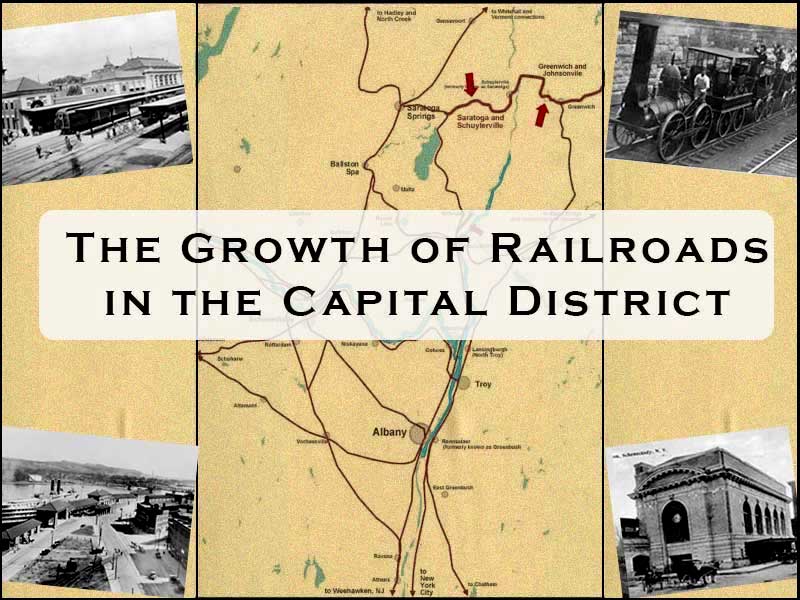"The West Shore Railroad was organized as a competitor to the New York Central and the Hudson River Railroad -- the first part of the line was built as the Saratoga and Hudson River Railroad which opened in the spring of 1866. It ran south from Albany to New York City and was built to the highest engineering standards (it even had lower grades than the New York Central & Hudson River Railroad). Antique maps indicate it continued up to Schenectady by 1866 as indicated."
Slight inaccuracy here. The Saratoga and Hudson River was built and operated between close to Schenectady and Athens (at the Hudson River), and not from Albany, and not to New York City. The New York, West Shore and Buffalo leased the S&HR from New York Central &HR, built the branch Ravena to Albany, and completed the line to Weehawken, NJ in 1882 or thereabouts.
Great job on the rest of it, though.
We don't know what we don't know.


